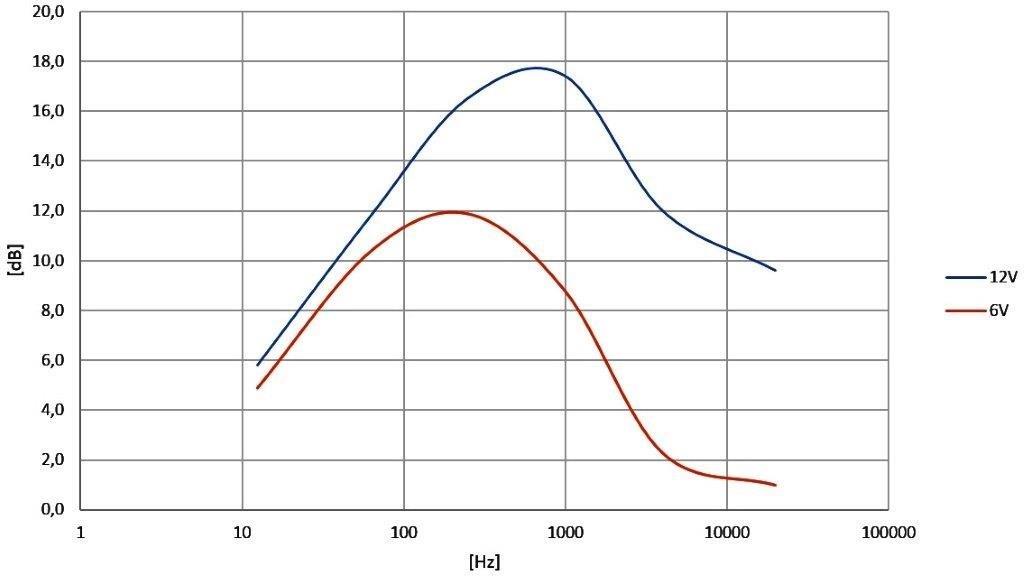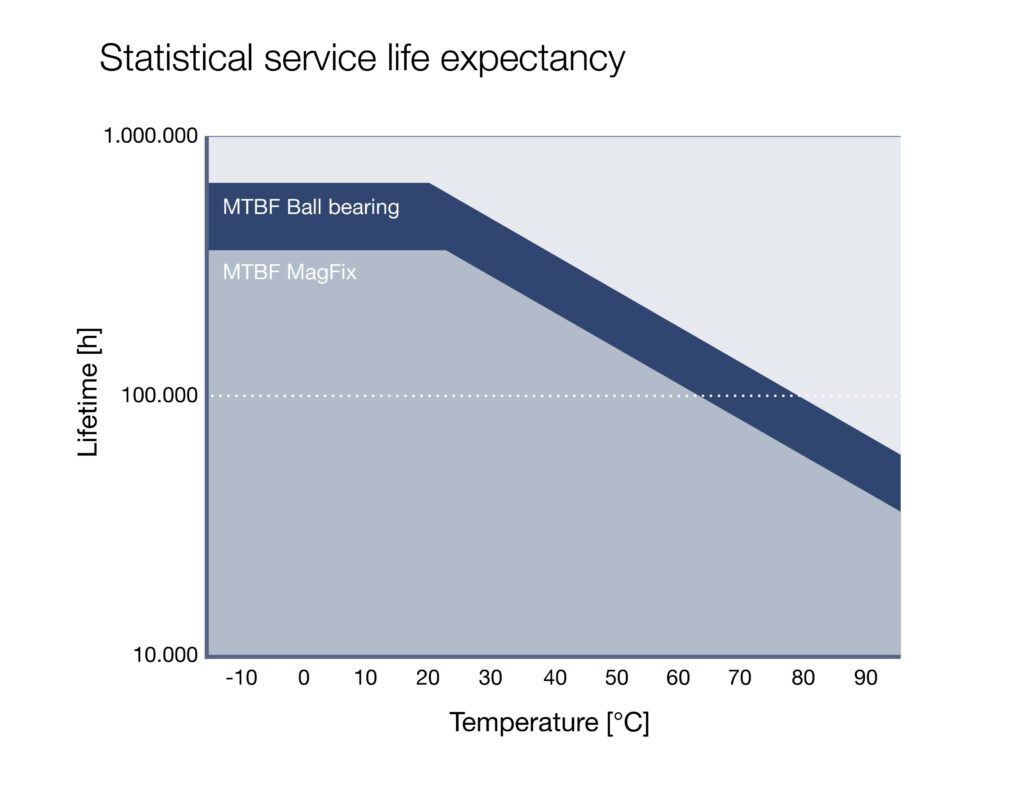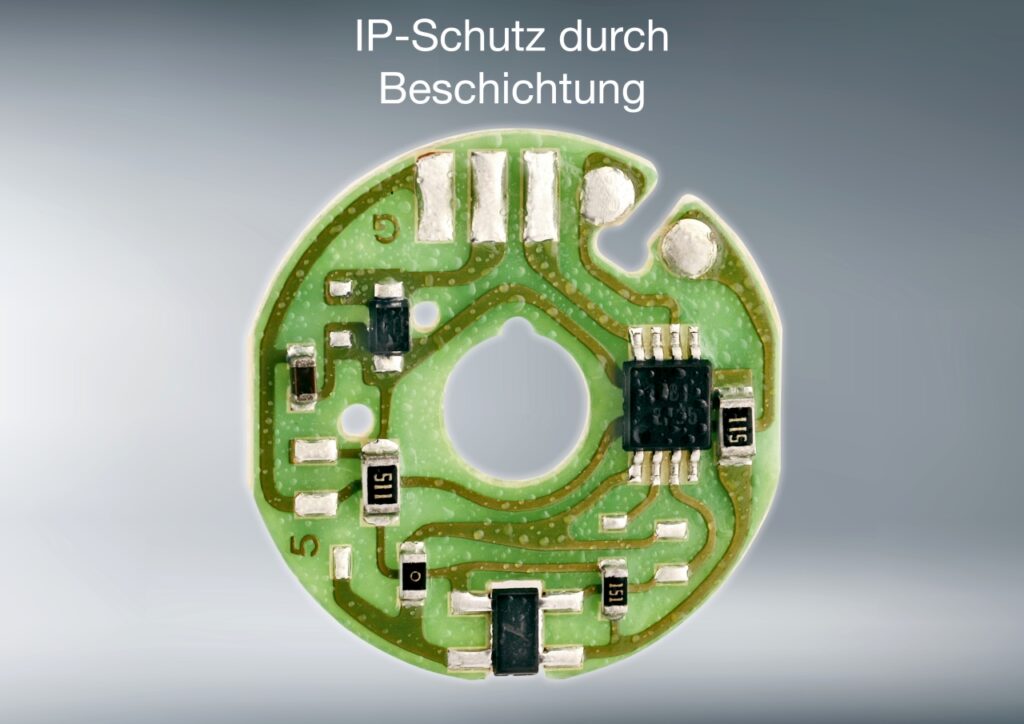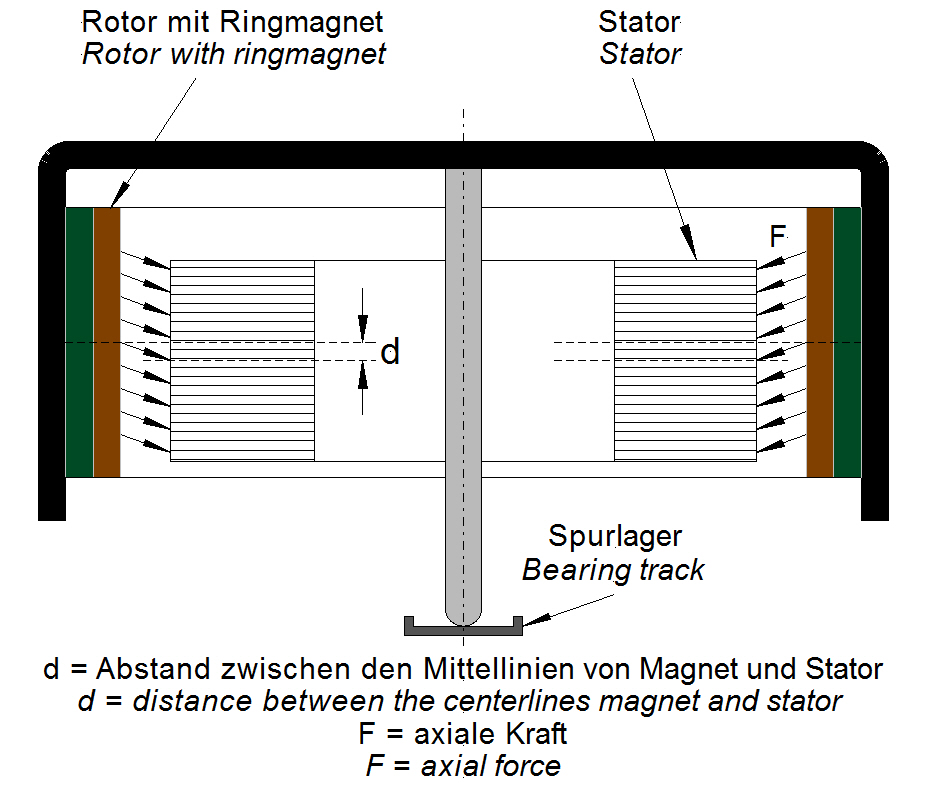Fans in medical technology – quiet and reliable

Medical products represent a special group within the wide field of application of fans and complete cooling solutions. Whether for X-ray machines, patient monitors, radiation equipment, ventilators, DNA sequencers or for use in blood diagnostics, fans and chip coolers provide reliable cooling. In one case it may be the temperature of sophisticated power electronics that should not exceed a specific value, in the other the cooling of the graphics editing for the high-resolution digital images that substantially facilitate diagnostic imaging. Powerful fans and chip coolers ensure that the devices function reliably and extend the service life of the electronic components. The demands on fans used in medical technology are particularly high. The fans must boast a long service life and above all they must be extremely quiet.
Requirement: Silent devices
Where waste heat occurs due to high performance, the fan is required to function in increasingly compact devices and must furthermore transport the generated heat loss out of the housing. Loud noises must be prevented to avoid disturbing both the patient and the attending medical staff. However, a large fan operating at low speed cannot always be used due to lack of space and a small model has then to do the same work at a higher speed with the consequence that an increase in noise would be inevitable.

Solution: New fan generation
A new fan generation combines optimum noise and performance values with its new and somewhat unconventional blade geometry. The considerably higher number of blades enables not only a higher flow rate but also a lower level of noise with the prior flow rate. The high number of rotor blades has aerodynamic disadvantages in the pressure ratios of the blades to one another.
The so-called „pressure gap“ provides the necessary compensation of the pressure ratios so that the performance of the otherwise relatively closely positioned rotor blades is optimized. The axial fans of the LF series are particularly suitable for medical devices. LF stands for laminated fan and describes the motor design with stator lamination. This enables the fan to operate highly effectively and nevertheless save weight. The hub of the 40 mm model has been deliberately kept as small as possible. This means that there is less „dead space“ in the centre and it is even easier to aerodynamically optimize the longer rotor blades. The optimization is immediately noticeable. The blades are elegantly shaped with a cut at the ends. This cut prevents the blade during rotation from being hit by the air turbulence of the previous blade and in turn from achieving its own airflow performance.
When comparing it with the previous model of equal size a performance plus of 25% can be observed with the same noise level. Moreover the fan and the speed can be adapted to the required cooling performance via a PWM input which means that only as much noise as absolutely necessary is generated to operate the equipment reliably.
If long standstills are not expected between the necessary operation time, we recommend continuous operation. The speed should be reduced wherever possible so that likewise the noise is reduced.

Further measures to reduce noise
Choose the fan with the largest possible dimensions and the lowest speed required for the cooling. Two fans with the same total flow rate can develop up to 12dB less noise than a single fan with higher speed! The unpleasant, „loud“ high tone frequency ranges are reduced more than lower and mid-range frequencies.
The PWM input of the fan can also be used for reducing the noise. This control input can be used to control the speed from approx. 30% to 100% of the nominal speed. This means that the fan then only runs as quickly as is needed at that particular moment. It runs quietly, the current consumption drops proportionally and energy can be saved in the normal mode of operation. A microcontroller with 5V TTL that is already installed on common main boards is required for this purpose. When configuring ensure that there is still leeway at the top end.
Fan sleeves and fastening nipples are additional aids in achieving noise-free operation. These injection-moulded parts made from thermoplastic Elastomer reduce the transmission of structure-borne sound occurring in the fan to the device housing. The noise development can thus be reduced by up to 9 dB. They also serve as a replacement for screws and if necessary nuts which considerably reduces the assembly time.
The significant effect however, can only be seen in fans that are larger than 60 mm. The effect is considerably less noticeable with smaller fans. The reason being the low own weight of the fan itself. The vibrations are thus not absorbed by the standard material as much as large fans or fans with a metal housing. It would be conceivable to use mounting materials for smaller fans with a low Shore hardness that can still nevertheless be processed using the injection moulding method.
Requirement: Reliability
Medical devices are also becoming smaller and compacter. The manufacturers have to accommodate more components in less space. Overheating is the consequence which in the worst case can result in failure of the device. The answer is optimal thermal management using fans. However, a number of aspects must be given consideration.
Solution: Temperature, IP protection, operating time and bearing
One of the most important points is the temperature in the fan bearings. It must be kept as low as possible and should on no account be permanently high. For the simple reason: The cooler the suctioned in air is, the longer the service life of the fan.

The curves in the graph refer to continuous operation at nominal voltage and consistent temperature and are mean values.
In the case of fans the temperature of the suctioned in air is the reference temperature. The end of the service life is defined by exceeding the noise limit data or the reduction of the initial speed by >= 30%.
IP protection
Depending on the application in question, condensing humidity or a brief fine mist must be anticipated. There are several methods of protecting the motor and the electronic components against humidity. The electronic components and the motor of compact 80 mm or 120 mm fans can be injection moulded and the lead wires to the electronic components also protected so that the fan could be „immersed/submerged“ in accordance with the IP Class code – which will certainly not occur in the application.

A further method of protection that is used frequently is protective lacquer or the coating of the PCB itself. Most of the problems with humidity can be cost-effectively solved using this method. However, it should never be forgotten that the bearings are always subject to humidity regardless of how the electronic components have been protected.
Even the so-called labyrinth seals that are sometimes available on the market only help when the fan is in operation. During standstills the bearings are virtually „drowned“. A classic shaft seal is hard to find due to the small motor capacity. In the case of ball bearing fans, the ball bearings have a basic protection with a cover disk on both sides and the use of stainless steel. In special cases ceramic bearings can be used which are not only more expensive but also have other mechanical disadvantages.
Operating time
Many applications have shown that e.g. intermittent operation particularly when using sleeve bearings did not have a positive effect on the service life. One of the most frequently asked questions is whether the service life can be significantly extended by on/off operation of the fan. The service life specifications for fans always refer to continuous operation. In intermittent operation, the fan is not continuously in operation, yet it cannot cool down fully when not in use. During short-time operation the intermissions are long enough for the fan motor to cool down fully. Intermittent operation and short-time operation subject the fan to stress and the service life is reduced. It is therefore advisable only to use short-time operation when the fan is seldom in use.
Bearings
The bearings of the motor shaft are the key element that determine the service life. Two completely different bearing systems are in use and each has its own advantages – ball bearings and sleeve bearings.
The sleeve bearing systems comprise a sintered bronze bearing tube and are impregnated with lubricant (lifetime lubrication). In the past sleeve bearings were often extremely unstable due to uncontrolled loss of oil which caused frequent failures. Modern fans however, are equipped with MagFix® sleeve bearings that prevent the migration of lubricant and thus guarantee stable lubrication throughout the entire service life. These fans that are equipped with magnetic shaft fixation can be used over a wide temperature range and are extremely resistant to vibrations and shock.
High-grade ball bearings are used where temperature and reliability have utmost priority. The ball bearings have polished running surfaces and are permanently lubricated with a wide range lubricant. Two cover disks prevent not only the migration of lubricant but also the penetration of dust.

The sleeve bearing systems comprise a sintered bronze bearing tube and are impregnated with lubricant (lifetime lubrication). In the past sleeve bearings were often extremely unstable due to uncontrolled loss of oil which caused frequent failures. Modern fans however, are equipped with MagFix® sleeve bearings that prevent the migration of lubricant and thus guarantee stable lubrication throughout the entire service life. These fans that are equipped with magnetic shaft fixation can be used over a wide temperature range and are extremely resistant to vibrations and shock.
High-grade ball bearings are used where temperature and reliability have utmost priority. The ball bearings have polished running surfaces and are permanently lubricated with a wide range lubricant. Two cover disks prevent not only the migration of lubricant but also the penetration of dust.








